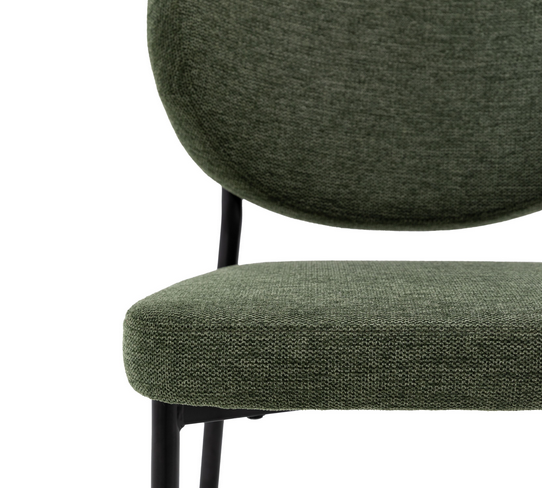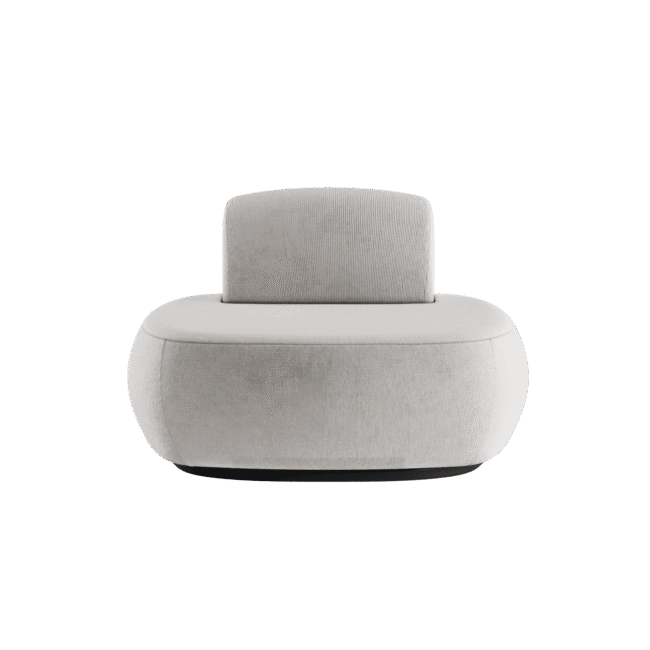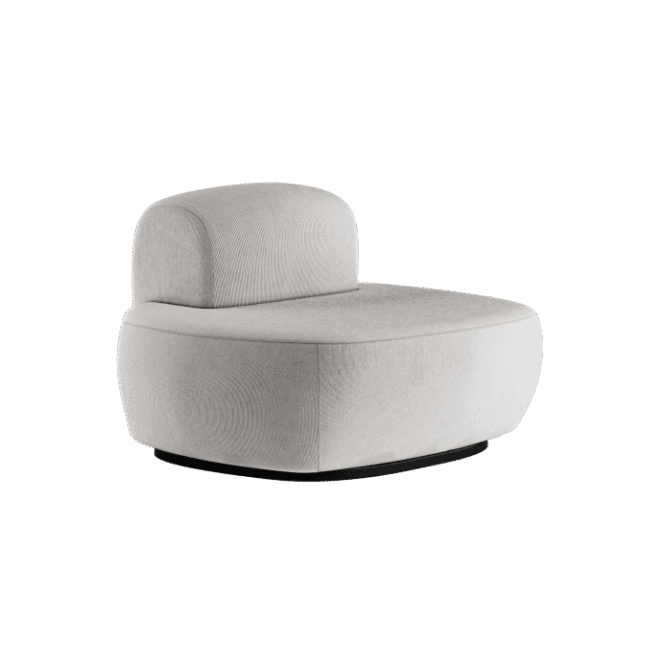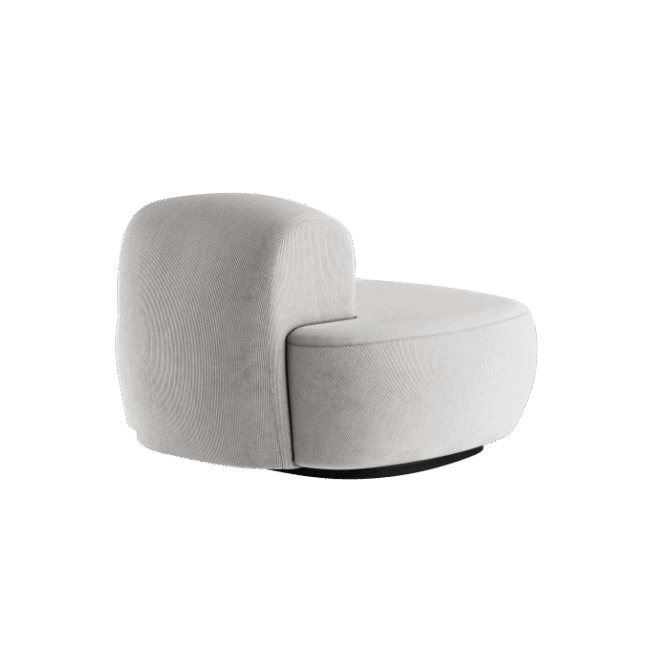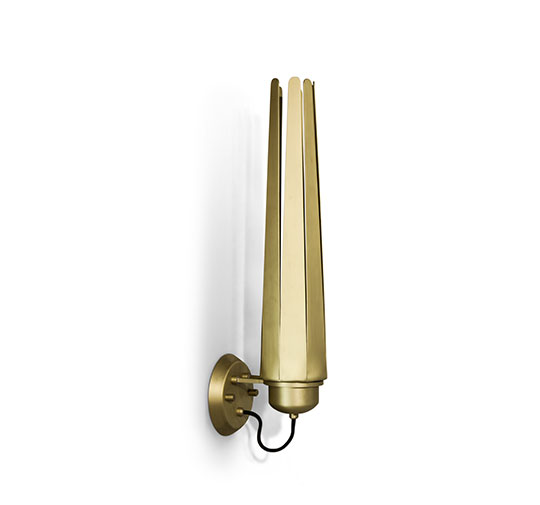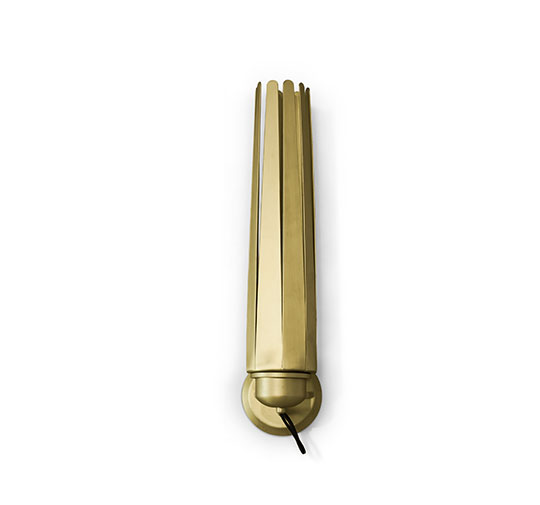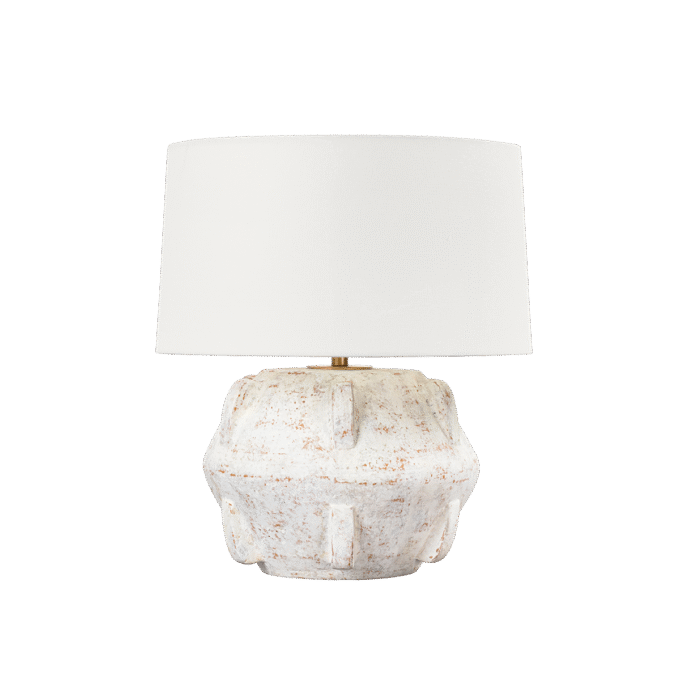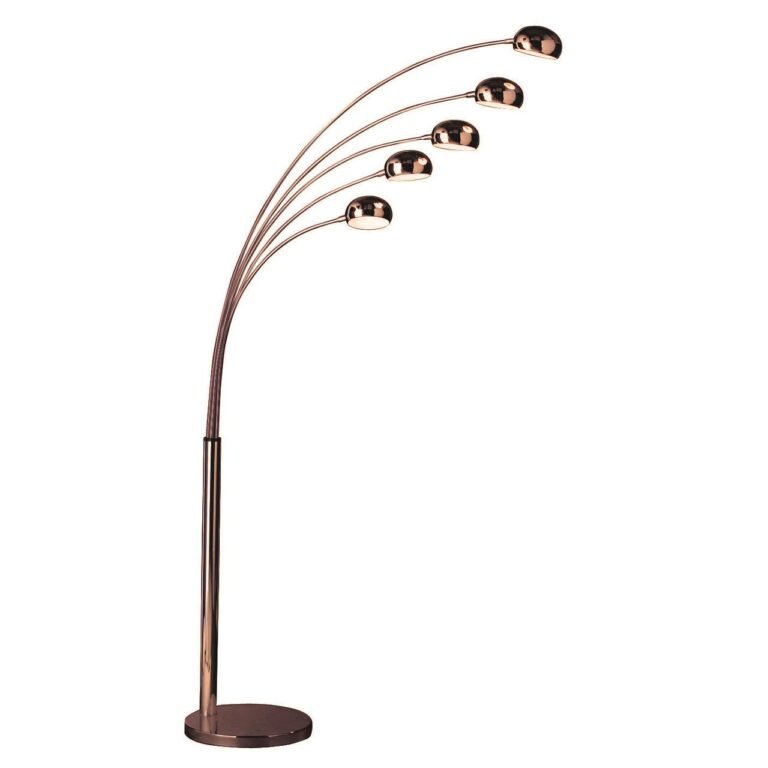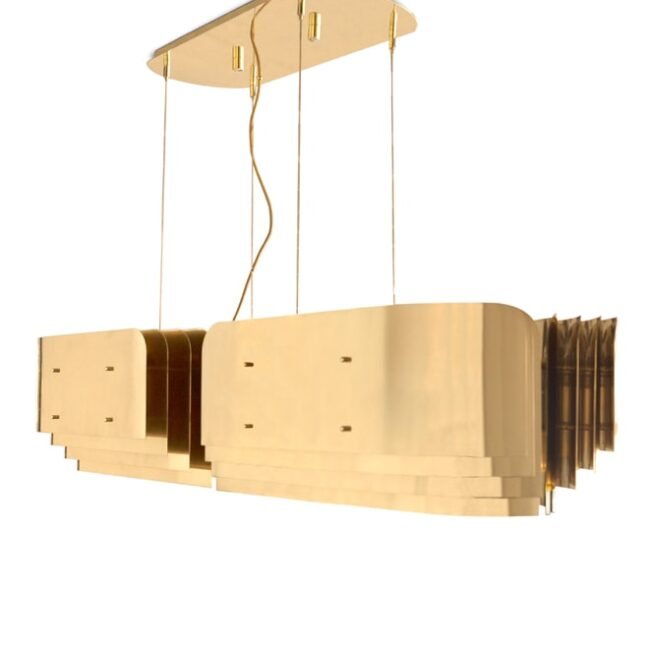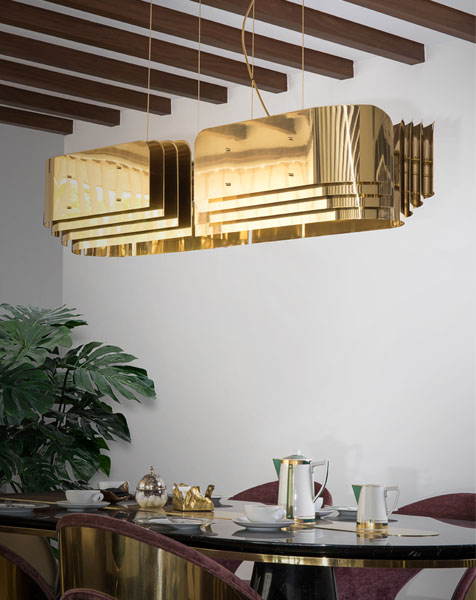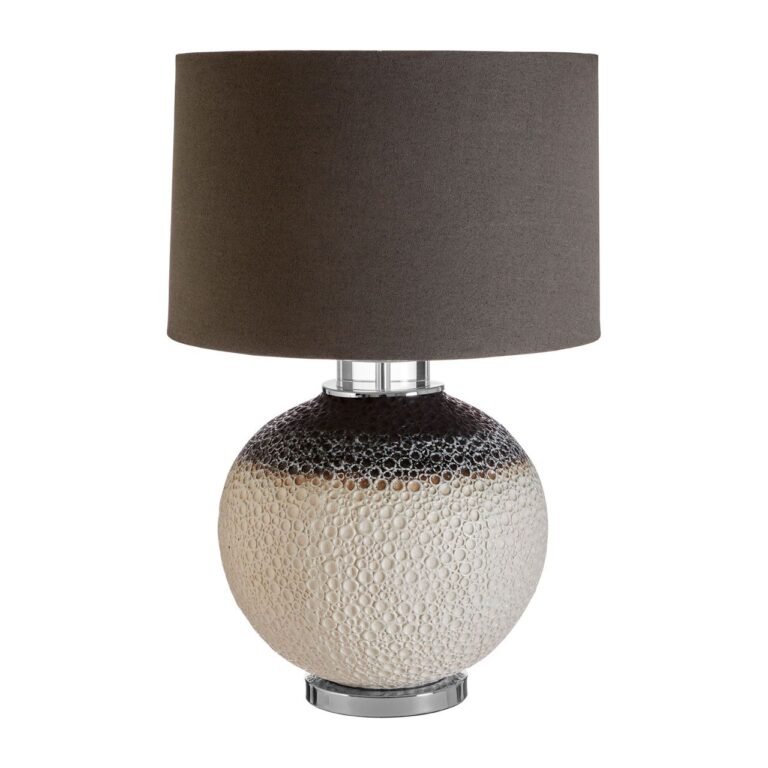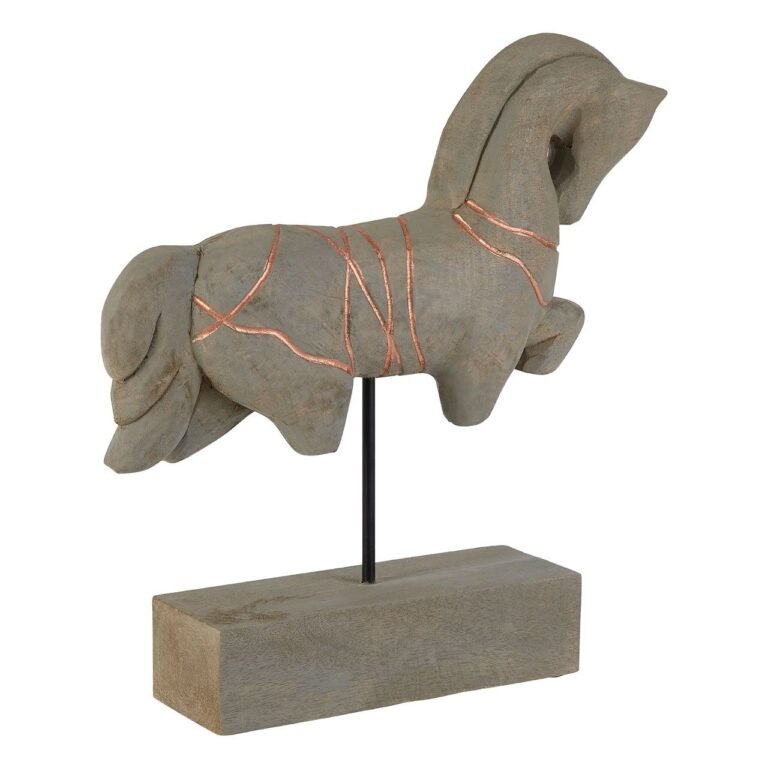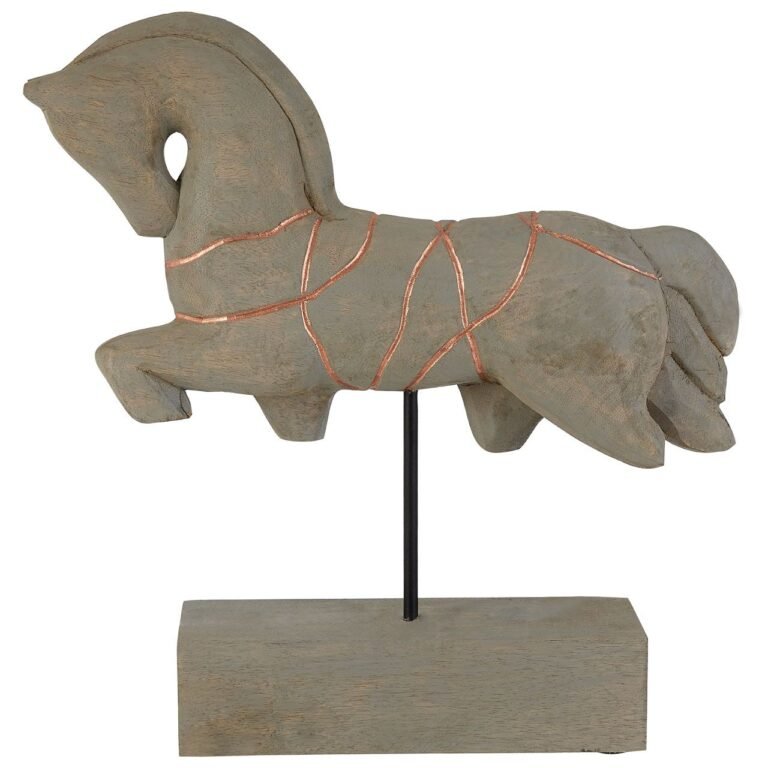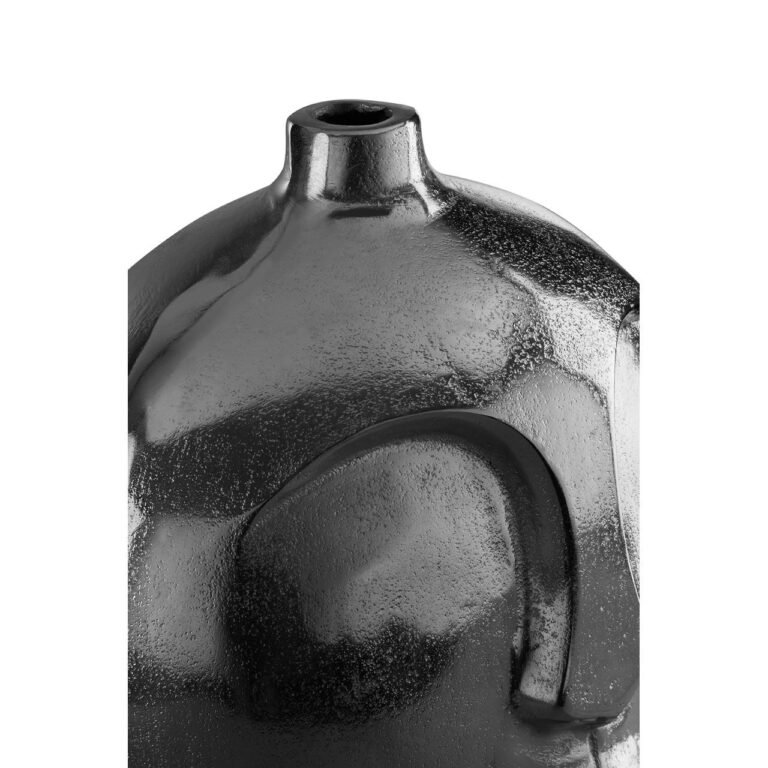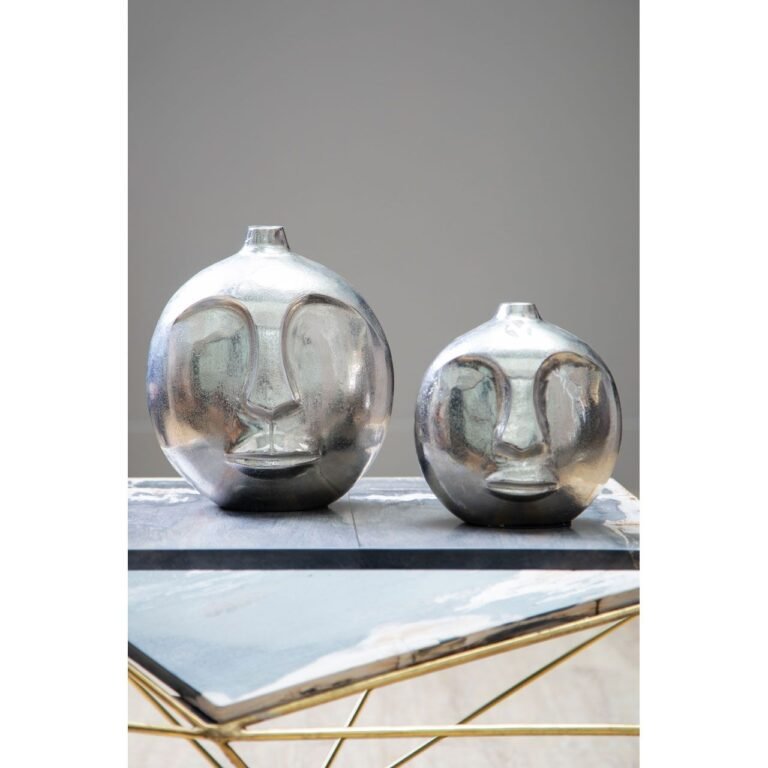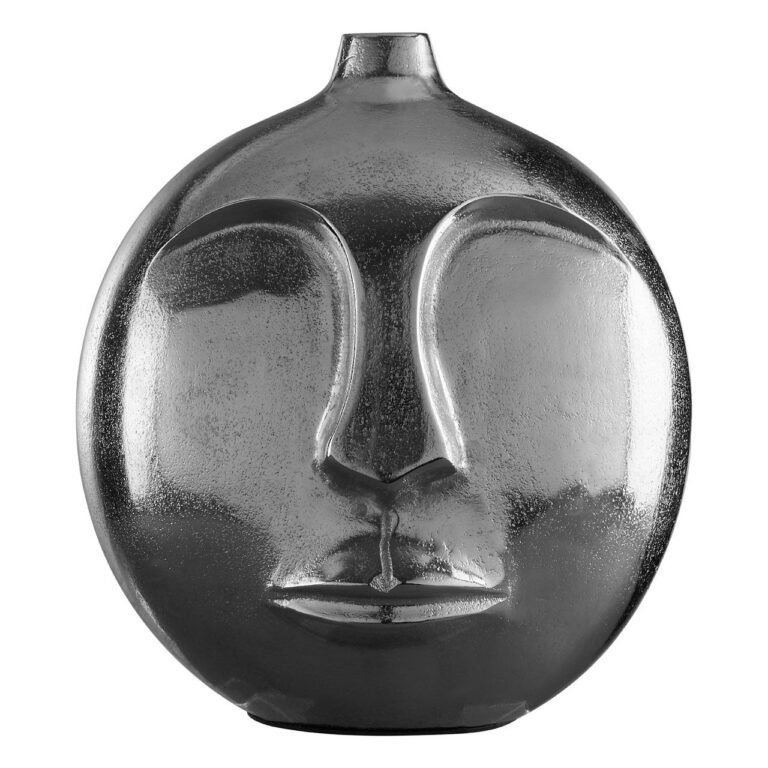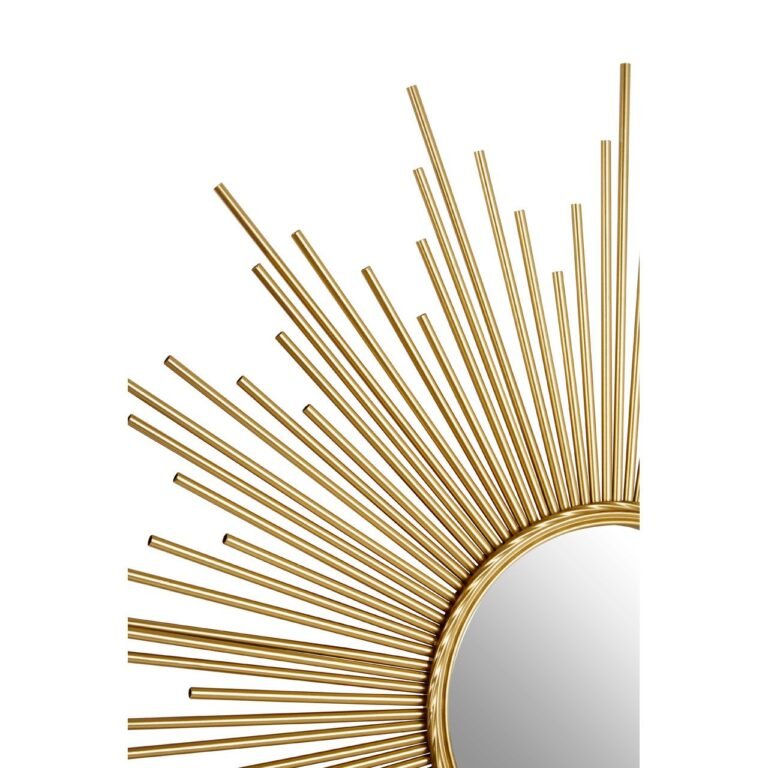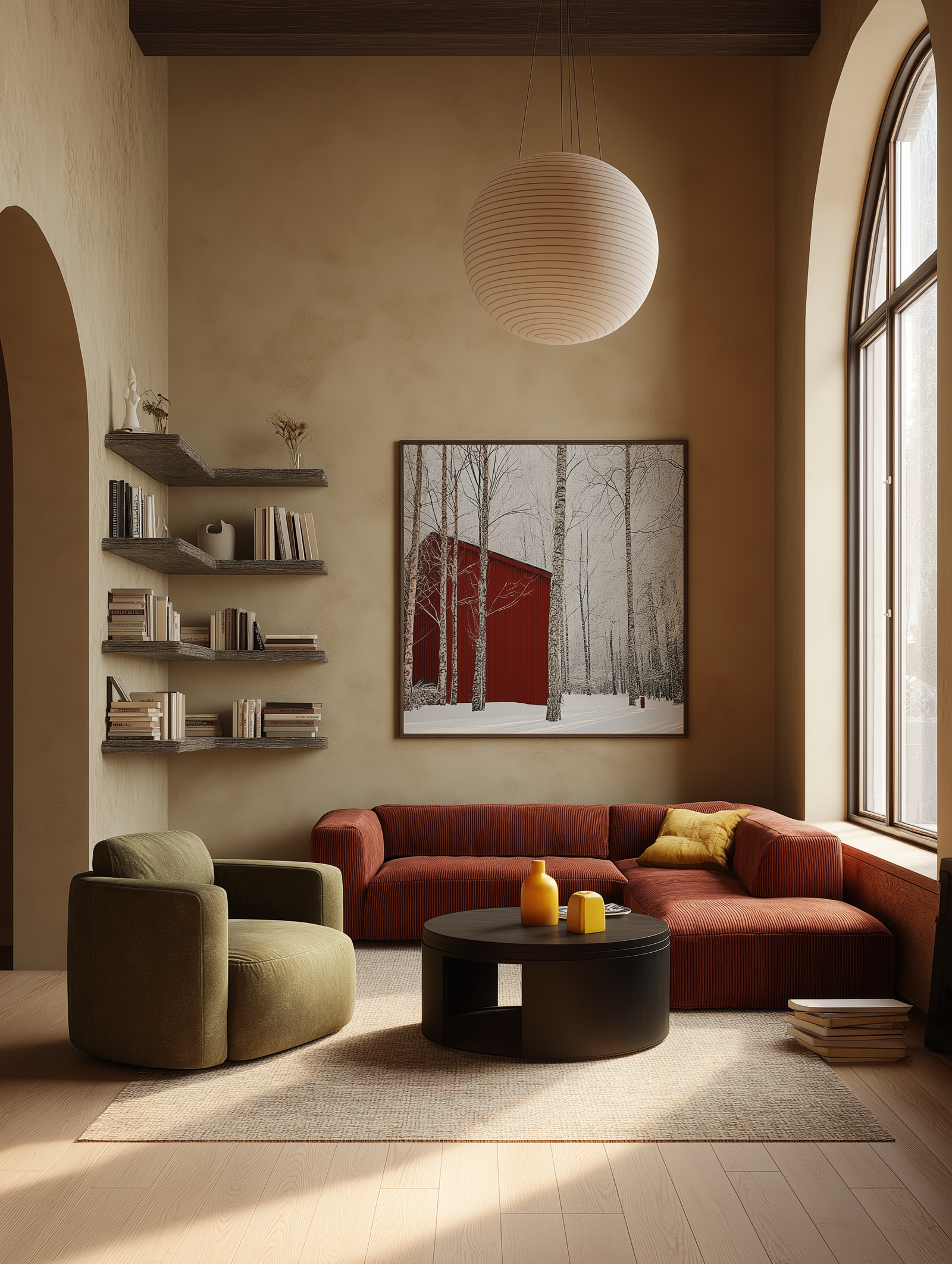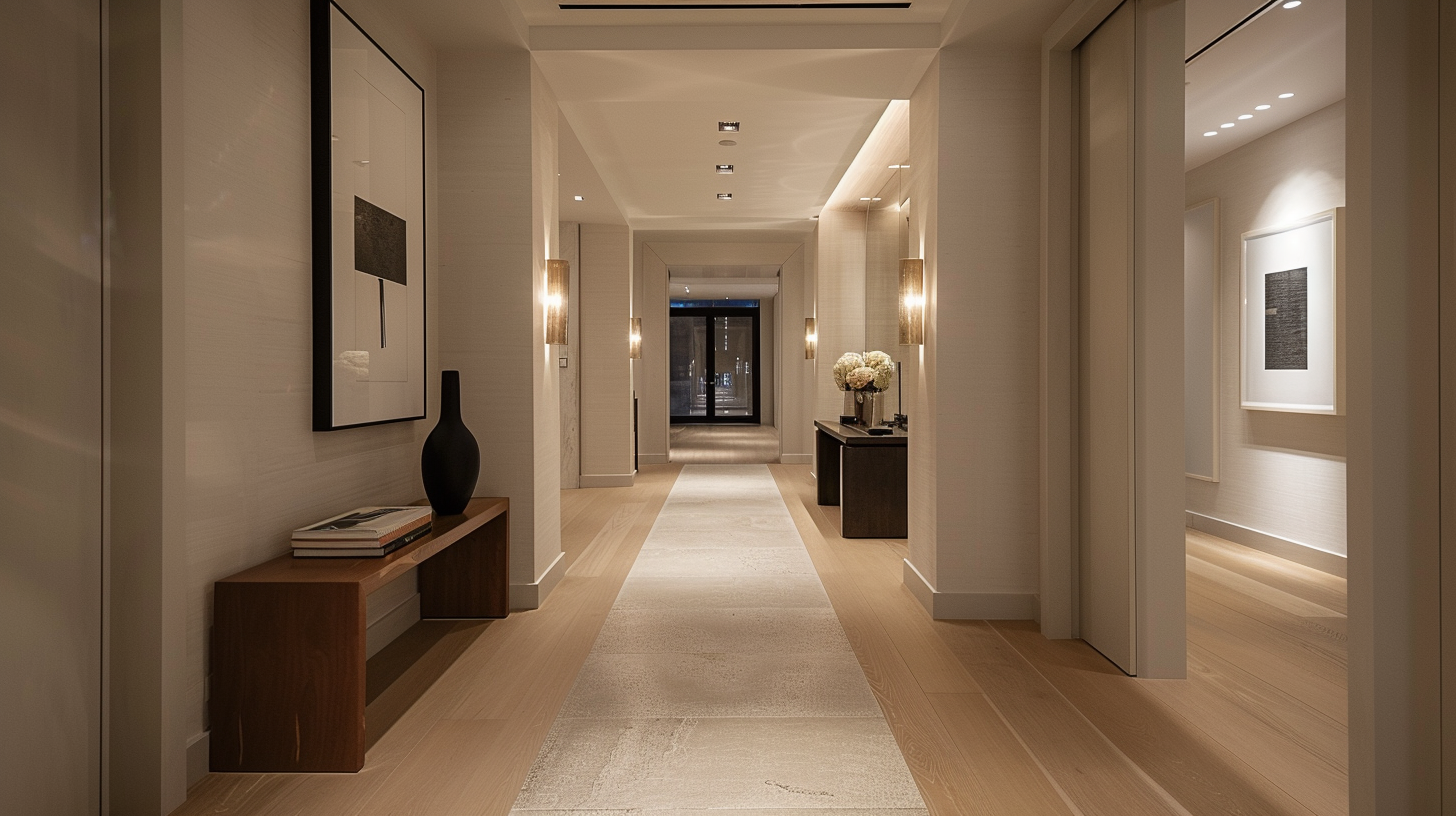Sculptural Furniture as Structural Art in Contemporary Spaces
In the ever-evolving world of interior design, a quiet revolution is taking place — one that challenges the notion of furniture as simply functional or decorative. More than ever, designers are exploring the idea that furniture becomes architecture, serving as both artistic expression and structural element. This movement isn’t just about aesthetics; it’s about reimagining the space itself, turning furniture into spatial anchors that influence how we move, feel, and live within a room.
The Evolution from Furniture to Framework
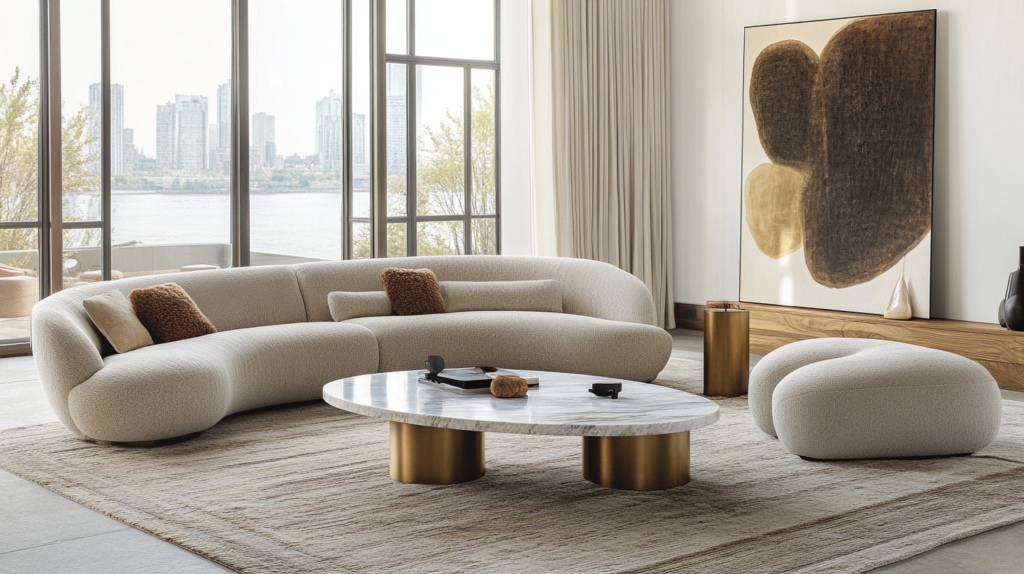
Traditionally, architecture and furniture have been viewed as separate disciplines — one creates the bones of a space, while the other dresses it. But today’s forward-thinking designers are merging these elements into a seamless narrative. As furniture becomes architecture, pieces no longer just occupy space — they define it. From ribbon-like benches that flow like built-in elements to oversized statement chairs that command attention like columns, the boundaries are dissolving.
This transformation is reflected in the work of visionaries like Zaha Hadid and Patricia Urquiola, whose creations often appear as if carved from the space itself. Their designs don’t simply inhabit a room — they shape its identity.
-











Vivo Dining Chair 2pk
£200 Select options This product has multiple variants. The options may be chosen on the product page -









Vonkli Armchair I
£7,200 Select options This product has multiple variants. The options may be chosen on the product page -






Voyer Table Lamp
£248 Read more -

Wall Sconce
£400 Add to cart
The Rise of Architectural Intent in Everyday Interiors
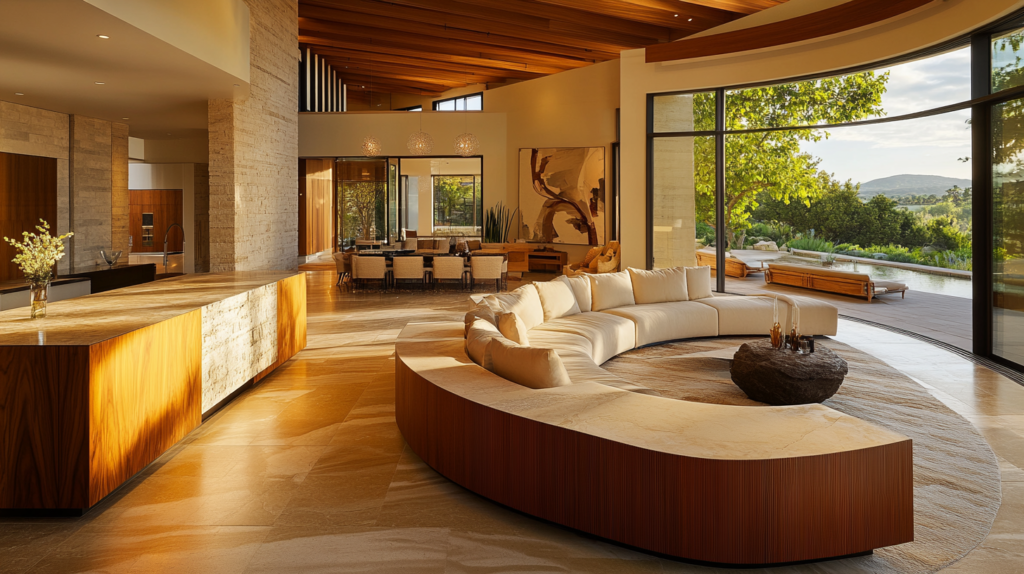
Why is the idea that furniture becomes architecture taking center stage now? The answer lies in our collective shift toward personalized, expressive interiors. Post-pandemic living has heightened our desire for meaning in design. Home is no longer just a place of rest; it’s a place for performance, wellness, and storytelling. As a result, furnishings are being reconsidered as more than commodities — they’re becoming extensions of the architecture.
In minimalist lofts, curved dividers double as lounge chairs. In modern apartments, blocky credenzas act as both art pieces and space delineators. The interplay between form and function is deliberate, often blurring what’s built-in versus what’s placed.
Case Studies: When Furniture Defines the Space
Let’s consider a few notable examples:

In a Brooklyn brownstone, a custom terrazzo kitchen island curves upward to form an integrated breakfast nook, eliminating the need for separate seating while acting as a focal sculpture.
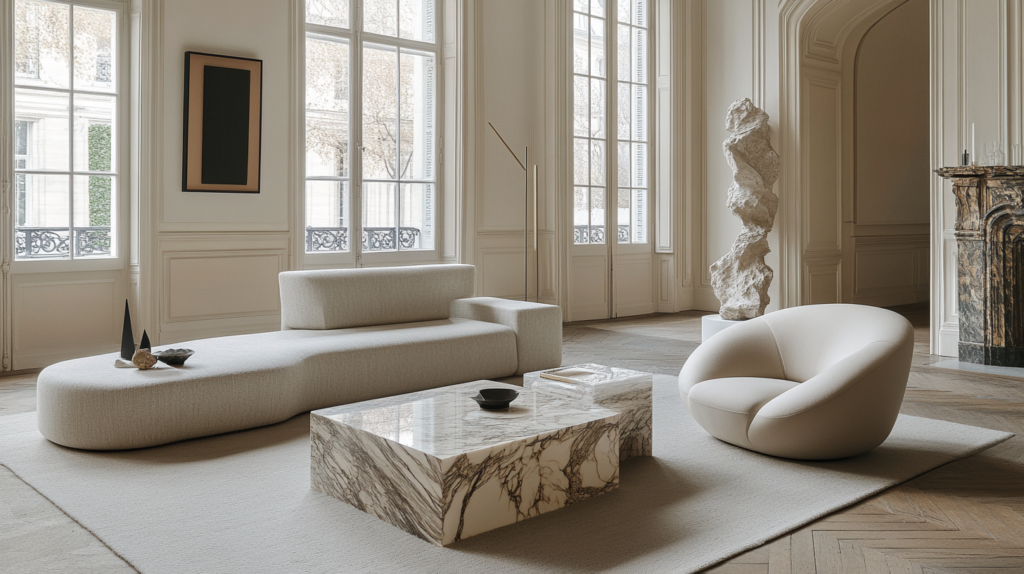
In a Parisian gallery-turned-residence, floating marble plinths serve dual roles as coffee tables and room separators, guiding flow like low walls.
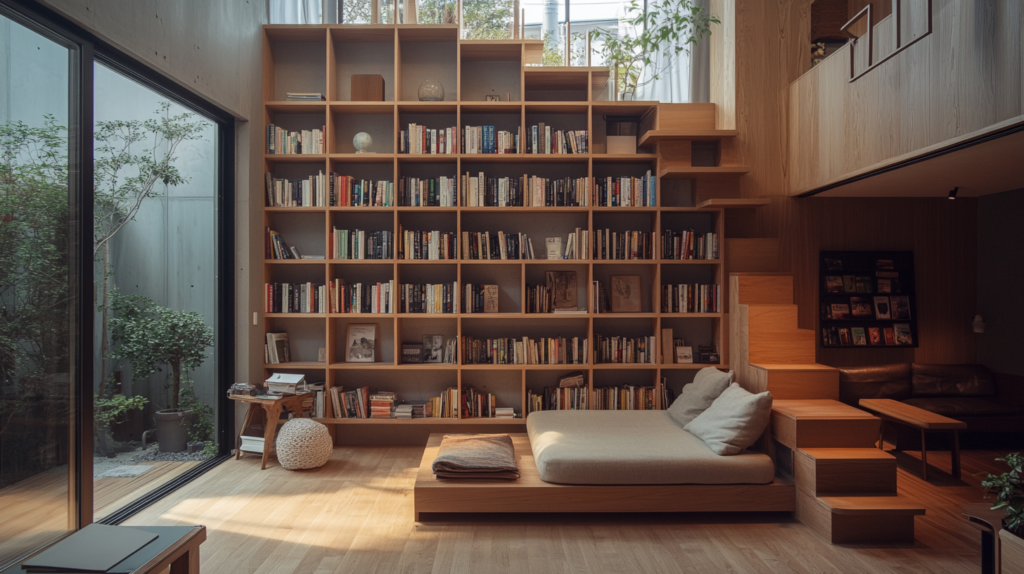
In a Tokyo micro-home, a tiered wooden bookshelf doubles as a staircase and reading nook — a masterpiece of spatial economy where furniture becomes architecture in the purest sense.
These aren’t just clever hacks; they’re intentional spatial strategies. Each piece acts as a mini-building within the building, suggesting new ways to live, pause, and play.
-





Toile CABINET HANDLES
£563 Add to cart -






Tycho Chandelier
£39,455 Add to cart -



Ucca Tree
£170 – £210Price range: £170 through £210 Select options This product has multiple variants. The options may be chosen on the product page -






Ulik Table Lamp With Eu Plug
£248 Add to cart
Material Matters: Crafting with Architectural Sensibility
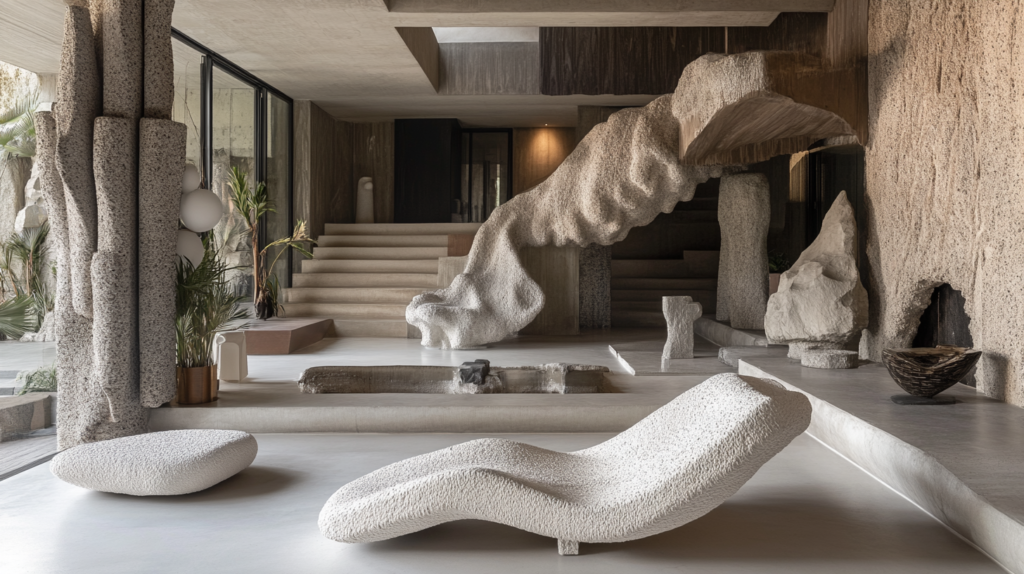
To create pieces that act as both furniture and structure, materiality becomes crucial. Concrete, resin, metal, and wood are being shaped in ways once reserved for façade design or monumental sculpture. Organic shapes formed through 3D modeling or hand-casting allow designers to evoke flow, tension, and balance — architectural principles translated into everyday use.
The resurgence of brutalism and wabi-sabi aesthetics also influences this trend. Both embrace honesty in material and form. In this way, furniture becomes architecture, bridging ancient craft with modern innovation — grounding a space while elevating it.
-






Tiner Horse Sculpture
£82 Add to cart -




Tinswell Table Light
£210 Select options This product has multiple variants. The options may be chosen on the product page -









Tissio Large Silver Finish Round Vase
£86 Add to cart -

Wall Sconce
£400 Add to cart
Designing With Intention: How to Bring This Look Home
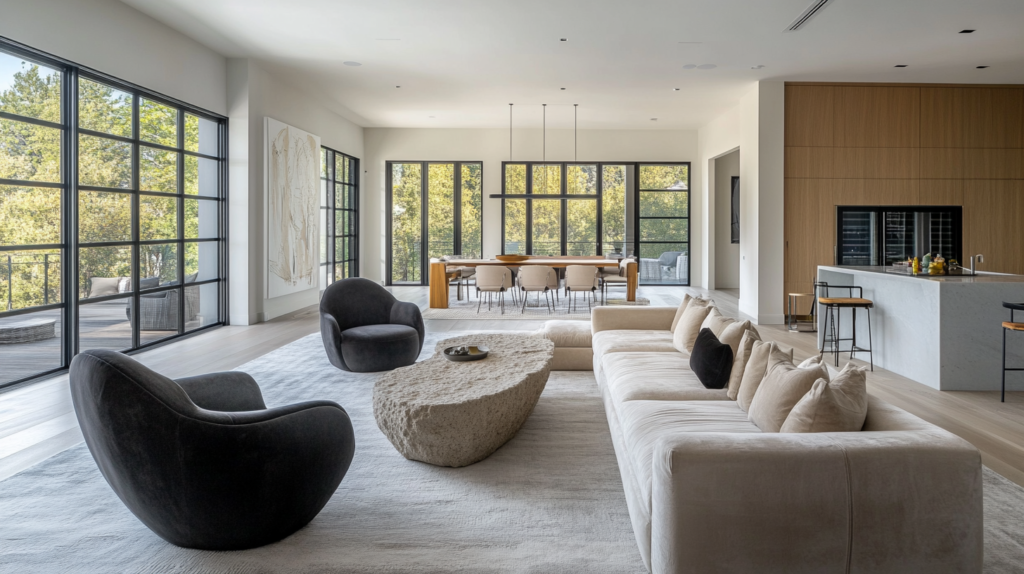
Incorporating architectural furnishings doesn’t mean living in a gallery. It’s about selecting key pieces that carry visual weight and architectural language. Start by identifying your space’s focal points: is there a corner that lacks depth? A wall crying out for dimensionality?
Introduce one or two statement pieces — perhaps a sinuous console in cast stone or a soft-form velvet armchair with monolithic proportions. These elements not only draw the eye, but they also shift how you interact with the room.
Most importantly, allow negative space to play a role. Like good architecture, when furniture becomes architecture, it breathes best when it has room to speak. Avoid clutter. Let the shape and silhouette tell your story.
-






Taristal Gold Finish Wall Mirror
£132 Add to cart -




Telles Ceiling Lamp
£120 Select options This product has multiple variants. The options may be chosen on the product page -







Terra Suspension
£14,028 – £16,776Price range: £14,028 through £16,776 Select options This product has multiple variants. The options may be chosen on the product page -






Terra Wall Light
£948 – £1,896Price range: £948 through £1,896 Select options This product has multiple variants. The options may be chosen on the product page
The Future: Where Architecture Meets Artful Living

As design continues to embrace hybrid forms, the line between architecture and decor will only continue to blur. This isn’t a trend — it’s a new design philosophy rooted in experience, form, and emotion.
We’re entering an age where your bookshelf may also be your staircase, your bed may cantilever from the wall, and your seating may feel more like inhabiting a sculpture than lounging on a sofa. As furniture becomes architecture, we’re not just furnishing homes — we’re reshaping them.








